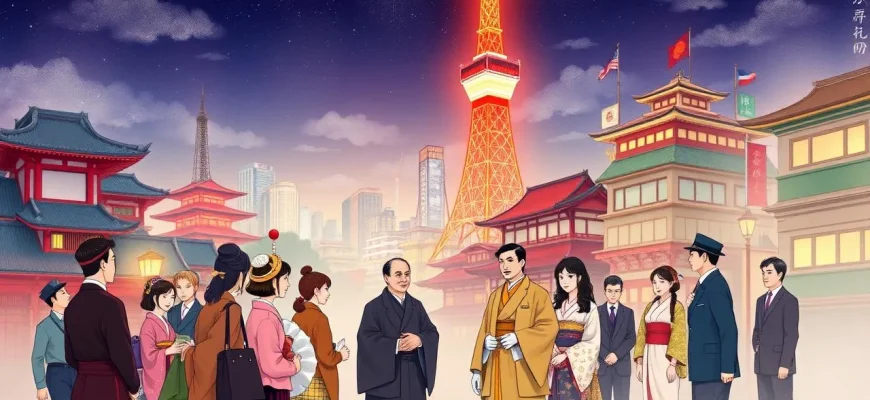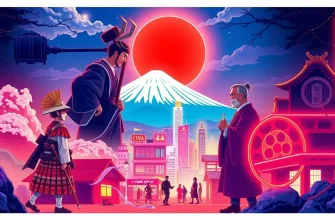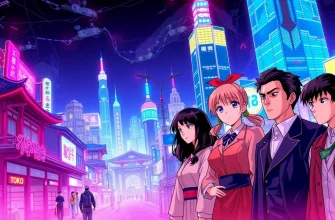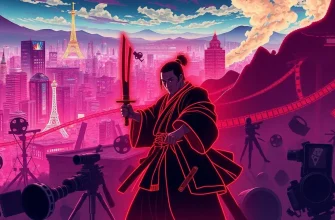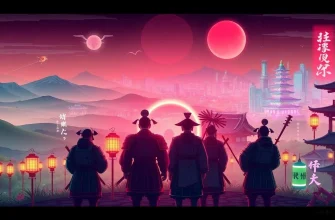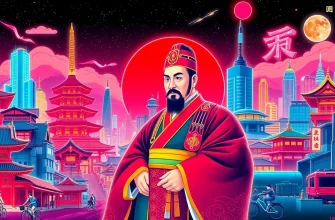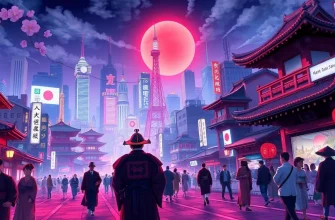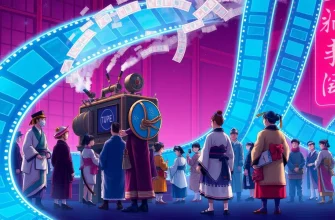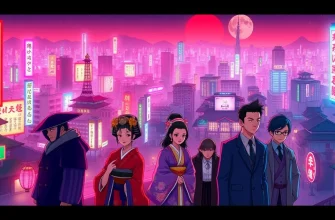The process of Japan's Westernization, or the Meiji Restoration, is a captivating chapter in history where the country transitioned from a feudal society to a modern nation-state. This period saw the influx of Western ideas, technology, and culture, dramatically reshaping Japanese society. These films provide a cinematic window into this era, offering both entertainment and education, allowing viewers to appreciate the complexities and nuances of this pivotal time in Japanese history.
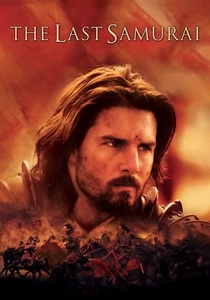
The Last Samurai (2003)
Description: This epic drama follows an American military officer who becomes embroiled in the Satsuma Rebellion, witnessing firsthand the clash between traditional samurai values and the encroaching Western influence.
Fact: Tom Cruise underwent extensive training in samurai swordsmanship for his role, and the film was shot on location in Japan, enhancing its authenticity.
 Watch Now
Watch Now
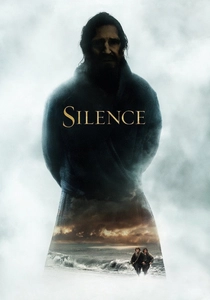
Silence (2016)
Description: Set in the 17th century, this film explores the persecution of Jesuit priests in Japan, highlighting the cultural and religious tensions during the early stages of Westernization.
Fact: The film was directed by Martin Scorsese, who had been trying to make this movie for over 25 years, showcasing his deep commitment to the project.
 Watch Now
Watch Now
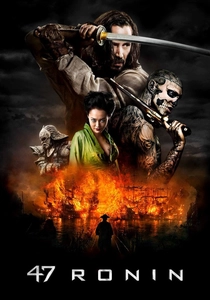
47 Ronin (2013)
Description: While taking liberties with the historical event, this film shows the clash between traditional samurai values and the emerging Western influences in early 18th-century Japan.
Fact: The film was a major Hollywood production with Keanu Reeves in the lead, aiming to bring this Japanese legend to a global audience.
 Watch Now
Watch Now
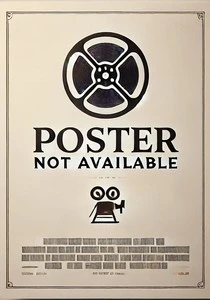
The Sun (2005)
Description: Focused on Emperor Hirohito during WWII, this film indirectly touches on the broader theme of Japan's modernization and its complex relationship with the West.
Fact: The film was part of a trilogy by Alexander Sokurov, each focusing on a different leader during WWII.
 30 Days Free
30 Days Free

The Admiral: Roaring Currents (2014)
Description: While primarily a Korean film, it depicts the Battle of Myeongnyang, where Admiral Yi Sun-sin, influenced by Western naval tactics, defended Korea against a larger Japanese fleet.
Fact: It became the highest-grossing film in South Korea, showcasing the interest in historical naval battles influenced by Western strategies.
 30 Days Free
30 Days Free

Shogun (1980)
Description: This miniseries captures the arrival of an English sailor in feudal Japan, illustrating the initial encounters between Japan and the West, setting the stage for future Westernization.
Fact: It was one of the first major Western productions to be filmed entirely in Japan, using local talent and locations.
 30 Days Free
30 Days Free

The Hidden Blade (2004)
Description: Set during the late Edo period, this film subtly explores the impact of Western technology and ideas on traditional samurai life.
Fact: The film was directed by Yoji Yamada, known for his Tora-san series, showing his versatility in handling different genres.
 30 Days Free
30 Days Free

The Samurai I: Musashi Miyamoto (1954)
Description: This classic film series follows the life of Musashi Miyamoto, whose philosophy and techniques were influenced by the changing times and Western ideas.
Fact: It was the first of a trilogy, with each film focusing on different stages of Musashi's life.
 30 Days Free
30 Days Free

Hara-Kiri: Death of a Samurai (2011)
Description: Set in the Edo period, this film reflects on the decline of the samurai class due to the Westernization of Japan, focusing on honor and the changing societal values.
Fact: It's a remake of the 1962 film "Harakiri," but with a more contemporary approach to storytelling.
 30 Days Free
30 Days Free

The Twilight Samurai (2002)
Description: This film portrays the life of a low-ranking samurai during the Meiji Restoration, highlighting the personal and societal changes brought by Westernization.
Fact: It won numerous awards in Japan, including Best Film at the Japanese Academy Awards, for its poignant depiction of the era.
 30 Days Free
30 Days Free

